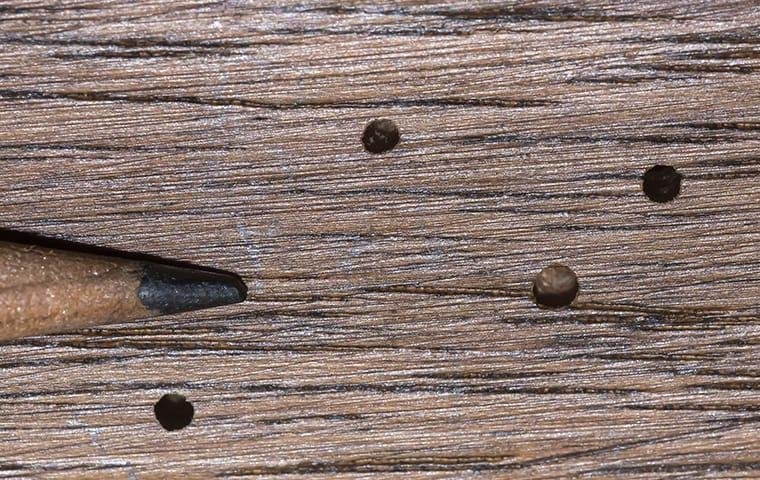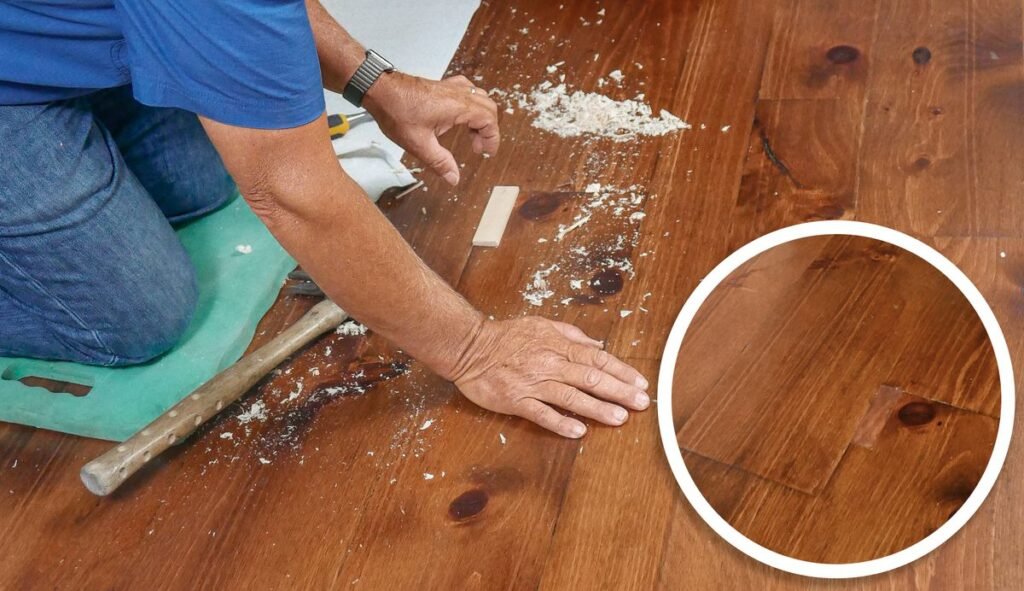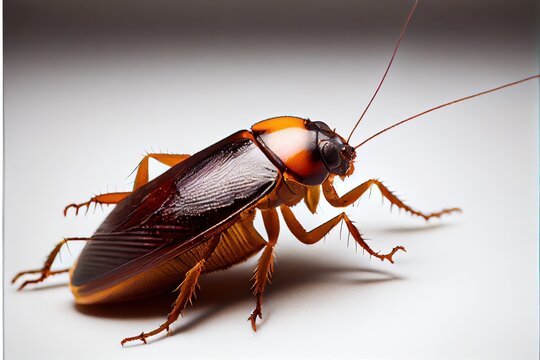Table of Contents
ToggleIdentifying, Preventing, and Treating Infestations

First of all,
Wood-boring insects called powder post beetles can seriously harm timber furniture and structures. These tiny beetles lay their eggs in wood, where their larvae tunnel and eat, producing a fine powder-like material called frass in the process.
The first stages in preventing damage to your property are to identify, treat, and prevent powder post beetle infestations. We’ll go over all you need to know about powder post beetles in this in-depth tutorial, including how to recognize them, stop infestations, and treat afflicted regions. We’ll also cover often asked topics like how to properly get rid of powder post beetles and if vinegar may kill them.

Knowledge of Powder Post Beetles:
One kind of wood-boring beetle that is a member of the Lyctinae subfamily and the Bostrichidae family is the powder post beetle. Powder post beetles come in a variety of varieties, yet they all have similar traits and behaviors. Powder post beetles are tiny, cylindrical insects that grow to be between 1/8 and 1/4 of an inch long as adults. They have elongated bodies with distinct segments and are usually reddish-brown or black in hue.
Eggs are laid by powder post beetles in the cracks and pores of raw wood. After hatching, the larvae burrow into the wood, where they build a network of tunnels while feeding on the cellulose. The larvae create frass, a fine, powdery material made of wood particles and excrement, while they feed. Frass can build up under or around contaminated wood and is frequently the first indication of a powder post beetle infestation.
Recognizing Infestations of Powder Post Beetles:
Early detection of a powder post beetle infestation is essential for efficient treatment and stopping additional harm. Typical indications of an infestation with powder post beetles are:
1. Frass: The most obvious indication of a powder post beetle infestation is frass. It gathers beneath or around infected wood and has the appearance of a fine, powdery substance. Frass may start out pale in color, but as it takes in moisture from its surroundings, it eventually darkens.
2. Exit Holes: Small, round exit holes allow adult powder post beetles to emerge from contaminated wood. These holes, which normally have a diameter of 1/16 to 1/8 inch, might be seen on the wood’s surface. Older exit holes could look ragged or worn, whereas newer ones might have a crisp, clean edge.
3. Tunnels: As powder post beetle larvae tunnel through infested wood, they may leave behind a network of tunnels. Upon closer examination, these tunnels might be seen, and they could compromise the wood’s structural integrity.


Recognizing Infestations of Powder Post Beetles:
It’s crucial to stop powder post beetle infestations if you want to keep your home safe. The following are some practical preventative actions that you can do:
1. Examine Wood: Look closely for evidence of powder post beetle activity on wood before bringing it into your house or utilizing it for furniture or building. Examine the area for frass, exit holes, and other signs of infestation.
2. Use Treated Wood: For building projects or outdoor constructions, if feasible, use pressure- or treated-treated wood. Infestations of powder post beetles and other wood-boring insect pests are less common on treated timber.
3. Reduce Moisture: Damp, soggy wood attracts powder post beetles. To prevent pests, keep your home dry and well-ventilated. Leaks should be fixed, cracks sealed, and dehumidifiers used as needed to lower indoor moisture levels.
4. Properly Store Firewood: To keep it safe from moisture and vermin, store firewood outside and away from your house. It is best to keep it off the ground and covered with a tarp. Before bringing firewood indoors, check it frequently for evidence of powder post beetle activity.
Treating Powder Post Beetle Infestations:
In order to stop additional damage, you must take immediate action if you find a powder post beetle infestation in your house or property. Here are a few successful treatment techniques:
1. Freezing: To destroy powder post beetle eggs and larvae, infested wood can be put in the freezer for a few days. For protection against moisture buildup during freezing, cover the wood with plastic or a tarp. The wood should be left to thaw and dry completely after freezing before being put back where it was.
2. Heat Treatment: Powder post beetle eggs and larvae can also be killed using heat. Infested wood should be heated to temperatures over 130°F for many hours using blow dryers or heat guns. Alternatively, the wood can be placed in a kiln. When applying heat treatments, exercise caution to prevent fire threats.
3. Chemical Treatments: Powder post beetle infestations can be treated with insecticides, but caution and label directions must be followed. Apply an insecticide specifically designed to control powder post beetles directly to wood surfaces that have become infested. To guarantee complete coverage, repeat treatments as necessary.
4. Professional Treatment: Hiring a pest control company may be essential in situations when infestations are severe or ongoing. Expert exterminators are equipped with the know-how, resources, and instruments needed to handle powder post beetle infestations and avert more issues.


Will Vinegar Kill Powder Post Beetles?
Although powder post beetles are a prominent target for home remedies, vinegar’s efficacy against them is in doubt. Although vinegar might be able to repel certain things, there isn’t much proof that it can actually kill powder post beetles or get rid of infestations. To successfully manage powder post beetles, think about employing tried-and-true treatment techniques like freezing, heat treatment, or chemical treatments rather than only vinegar.
In summary:
Wood-boring insects called powder post beetles can seriously harm timber furniture and structures. The first stages in preventing damage to your property are to identify, treat, and prevent powder post beetle infestations. You may maintain a pest-free house and protect your wooden possessions by being aware of powder post beetle behavior, spotting infestation symptoms, and putting preventative and treatment measures in place. In order to protect your property and maintain peace of mind, you should take proactive measures to handle powder post beetle infestations, whether you decide to use freezing, heat treatment, chemical treatments, or professional pest control services.









